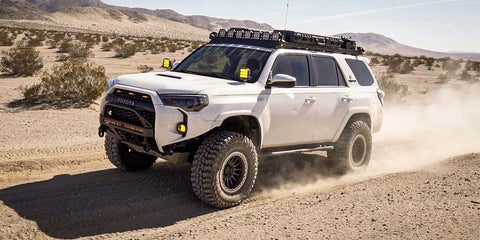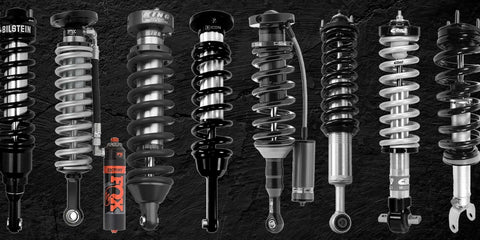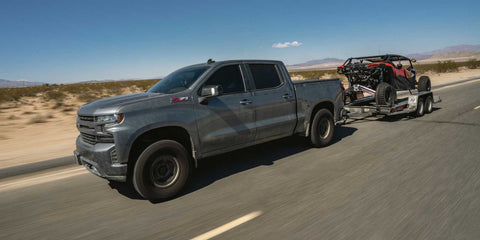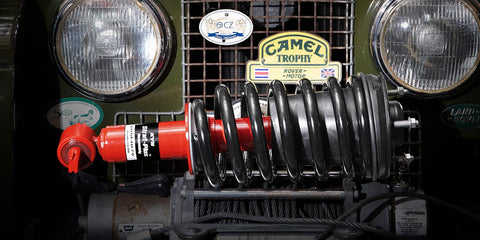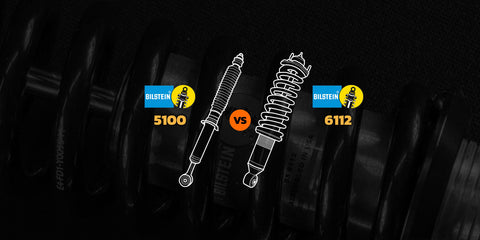OME Shocks: Preload and Height Settings Explained
Posted by Brandon Sevestre on
Key Changes:
Reduced Spring Options: Previously, OME offered many spring options per vehicle. Now, they recommend a select few springs designed for different weight capacities. Preload adjustment is now the primary method for achieving the desired lift height and compensating for additional weight from aftermarket accessories like bumpers or winches.
Preload Adjustment Importance: Preload compresses the coil spring slightly before installation, fine-tuning the ride quality. It's crucial to understand that preload adjustment is mainly used to offset the weight of added equipment, not to exceed the recommended lift height for the chosen springs. Lift height is primarily determined by the springs themselves.
Preload Implementation:
Nitrocharger+ Struts: These struts use two preload spacer options with different thicknesses (7.5mm and 17.5mm) that can be flipped for various preload settings (5mm to 20mm in 5mm increments). The spacers have recessed lips that affect the installed height based on the flip direction.
Here's a breakdown of the preload spacer settings for Nitrocharger+ struts:
- Smaller spacer with lip down: 5mm preload
- Smaller spacer with lip up: 10mm preload
- Larger spacer with lip down: 15mm preload
- Larger spacer with lip up: 20mm preload
Standard weight vehicles typically don't require spacers. Here's a guideline for adding spacers based on accessory weight:
- Aluminum bumper: 5mm preload spacer
- Steel bumper without winch: 10mm preload spacer
- Steel bumper with winch: 15mm preload spacer
- Full loadout (skid plates, extra battery, etc.): 20mm preload spacer
Addressing Lean with Preload:
Minor lean is sometimes an issue, especially on the driver's side. You can use preload adjustment on one side to match the other as long as the total lift stays within the recommended range for the lift kit.
Example:
Imagine installing an OME NCP lift kit with 4004 springs on your Toyota Tacoma, expecting 2 inches of front lift. If you only get 1.5-1.75 inches on the driver's side, you can add a 5mm preload spacer to raise it slightly and match the passenger side, as long as the total lift remains under 2 inches.
Important Note: If the passenger side already exceeds the 2-inch lift, adding spacers to the driver's side to compensate is not recommended. In that case, consider using lower-rated springs (e.g., 4000 or 4001) and add preload spacers to achieve the desired 2-inch lift on both sides.
MT64 Struts:
MT64 struts use a similar concept but with six adjustment grooves on the body instead of spacers. A circlip is moved between these grooves to adjust the spring seat height and preload (also 5mm to 20mm in 5mm increments). They offer a unique setting for slightly less preload and lift than the standard setting.
This allows for fine-tuning the lift in specific scenarios. For instance, you can set the 4004 springs on your Tacoma for as little as 1.5-1.75 inches of lift using the “low height” preload setting. Additionally, the MT64 system allows for adjustments in both directions to address lean, while staying within the maximum lift limits.







